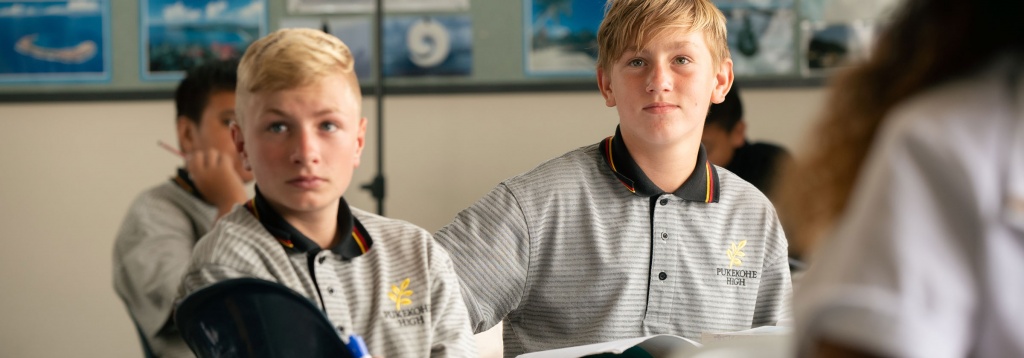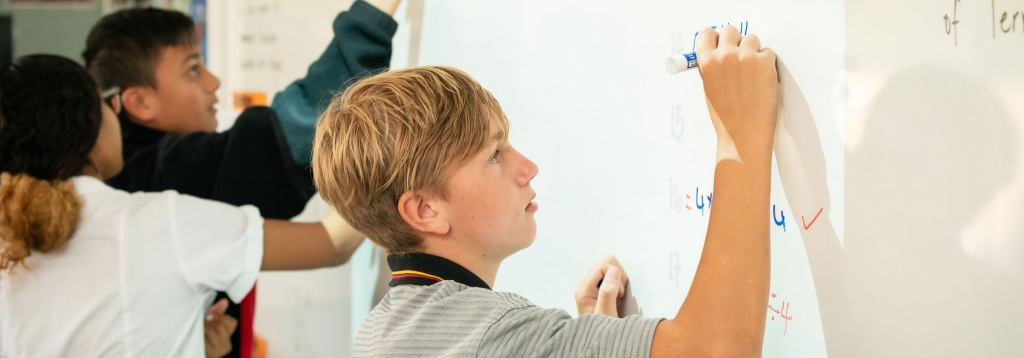
Course Selection 2025
The following information has been prepared to assist with course selection for 2025. The information books below provide a detailed look at subjects individually including detailed descriptions and photos to help you with your future selection.
Senior Course Selection Information 2024-2025
Senior Course Booklet 2025
Junior Course Selection Information 2024-2025
Year 10 Course Booklet 2025
Year 9 Course Booklet 2025
Course Selection 2024
The following information has been prepared to assist with course selection for 2024. The information books below provide a detailed look at subjects individually including detailed descriptions and photos to help you with your future selection.
Senior Course Information Booklet
Senior Course Selection Subject Choice Information 2023-2024
Senior Students – Choosing Subjects for 2024
Year 10 Course Information Booklet
Year 10 Course Selection
Year 9 Course Information Booklet
Detailed information regarding courses can be found at the link below:
Learning Areas (schoolpoint.co.nz)
If you have any specific questions about classes, reach out to your Whānau rōpū teacher or the Kaihautuu Curriculum Leader directly



